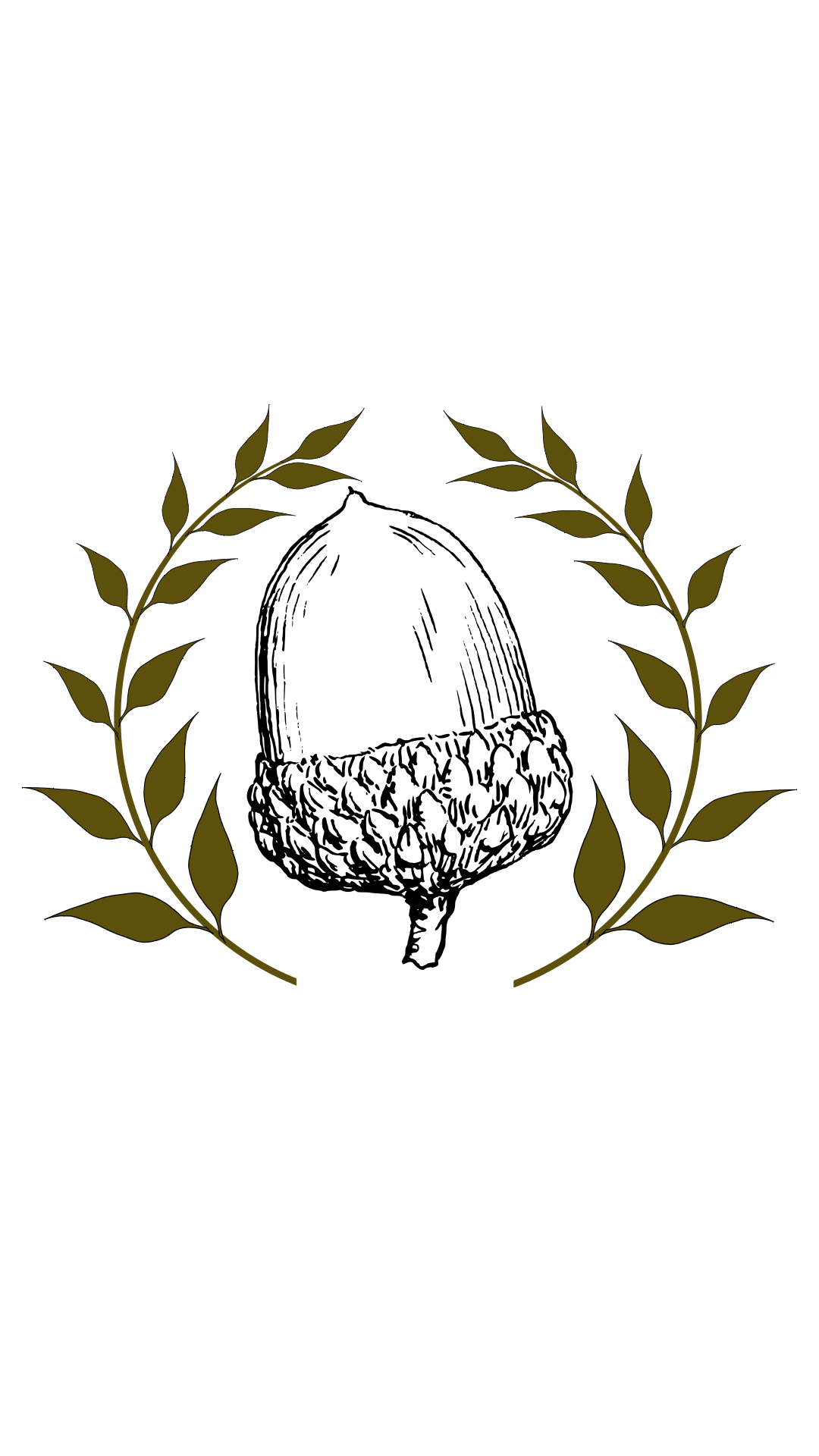Fighting The Climate Crisis With Trees
- Chiara Greco

- Jan 8, 2022
- 3 min read
Urban forests need to be prioritized over development in Toronto’s move towards a green recovery

Chiara Greco, Nutgraf Press Creator
disclaimer: this article was written, submitted and graded for credit as part of course requirement
The neighbourhoods of Long Branch and Mimico, both located in Ward 3 (Etobicoke-Lakeshore) of the Greater Toronto Area (GTA), have each faced massive declines in tree canopy coverage. Judy Gibson from the Long Branch Neighbourhood Association refers to this issue as a genuine problem. But this is a problem that reaches far beyond the scope of just one neighbourhood.
In a report from Tree Canada, it is stated that urban forests play an integral part towards improving air quality, mitigating the heat-island effect, reducing temperatures and sequestering the emissions of greenhouse gasses. Urban forests help towards achieving long term goals of mitigating climate change. Though, developmental pressure and poor urban planning diminishes the effects of these urban forests.
A study done by Climate Atlas of Canada reports that urban forests are an, “essential,” part towards building a sustainable green future. Urban development, while crucial to the continued life of the city, needs to consider the importance of urban forests and tree canopies. City planning needs to prioritize green infrastructure, especially as we move towards a green recovery from COVID-19.
The pandemic has negatively affected a lot of the ways we interact with our city and environment. With public health at the forefront of many Torontonians minds, there now needs to be equal investment to the health of the city. Earlier this year, Progress Toronto wrote a letter to City Council addressing the immediate need to consider, “a bold, green and just recovery plan.” Tree canopies, urban forests and green infrastructure all play into this plan.
The Long Branch neighbourhood, specifically, has been faced with a crisis since the onset of the pandemic when it comes to supporting community led climate resiliency. The neighbourhood has also faced growing problems in terms of housing and real estate. Some residents have been concerned that these issues may overshadow the need for increased canopy coverage. But the opposite is true. Mount Pleasant East in the GTA has seen a correlation with increased canopy coverage and higher real estate value, according to the City of Toronto. A Forest Service study done in Rochester, New York has also shown that trees can add up to 18 per cent in value to the average sale price of a home.
Urban planning and development do not need to be at odds with the GTA’s green recovery plan. Instead, green infrastructure and urban forests need to be prioritized above subdivisions and condos. As more developments go up in the city, more urban forests get taken down. This causes a crisis, especially as the city grapples with climate challenges.
According to the City of Toronto’s Every Tree Counts initiative report, while forest management is on the right track to increase urban forests and tree canopies, more work needs to be done.
“Forest cover would start to decline if tree planting in Toronto stopped. Loss of tree canopy would range from 8 per cent to 16 per cent over the next 100 years depending on tree mortality rates,” reads that same report.
This also has immediate effects on our health. According to a study done on urban trees and public health, there is a strong correlation between city well-being and quality of life, and this correlation is dependent upon green urban planning. The city, developers and property owners should all be required to invest in trees and urban forests. As urban planner Le Corbuiser wrote, the modern city is a city that is, “living in peace and pure air, where noise is smothered under the foliage of green trees.” Peace and pure air cannot be achieved without urban forests.
In terms of solutions, a study led by the Canadian Institute for Climate Choices reports that, just as how commercial developers are required to have a minimum amount of parking spaces, regulations should also be put into effect to require a minimum number of trees to be left on developed properties or planted thereafter if circumstances require removal.
As we heal from the pandemic, our city needs to heal too. This issue is not centred around the GTA alone. Calls for a green recovery have been wide reaching and extensive. While Long Branch is just one neighbourhood facing a crisis due to increased developments and decreased urban forests other Wards and areas beyond the GTA face similar fates.
We are at a moment in time where real change can happen, but this change can only occur if environmental concerns are prioritized in Toronto’s future urban development plans. If this pandemic has taught us anything, it is that we need to take care of those around us, including our city and environmental futures. As we heal from the pandemic, our city needs to heal to, and urban forests will provide that healing.






Comments